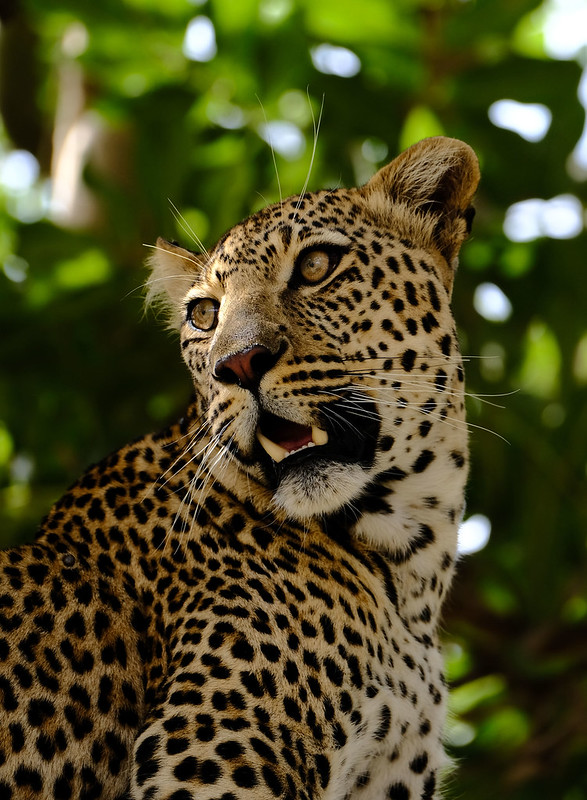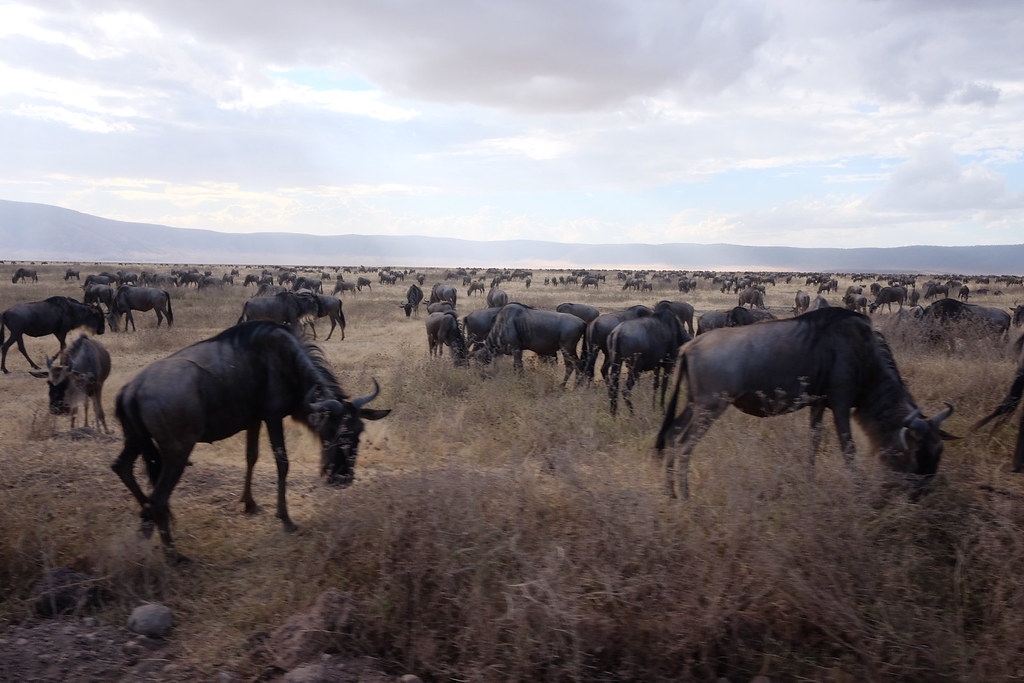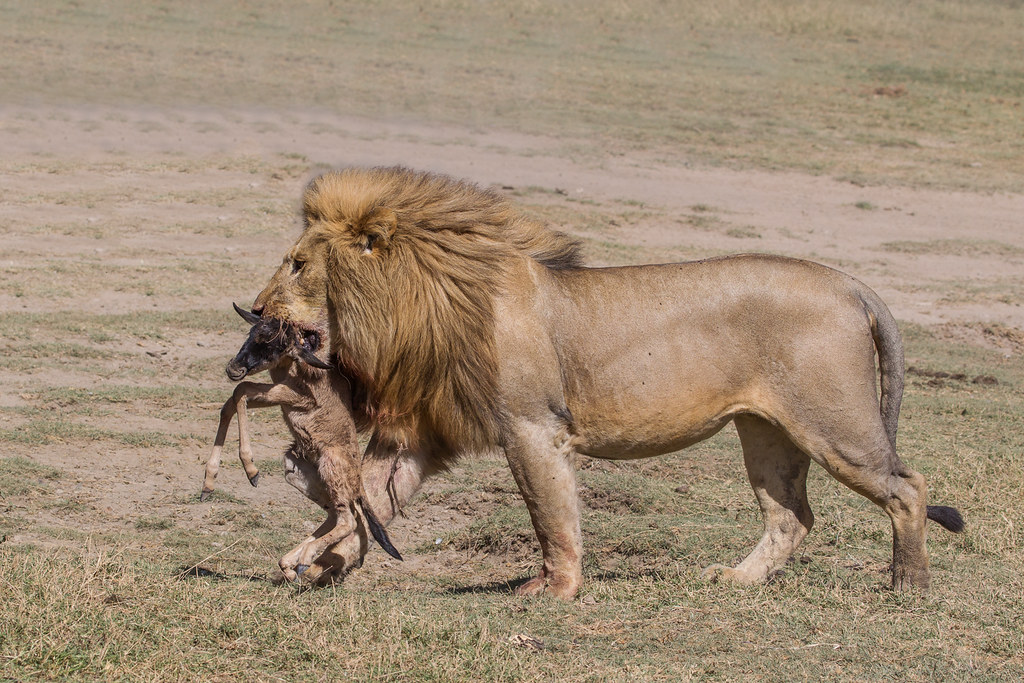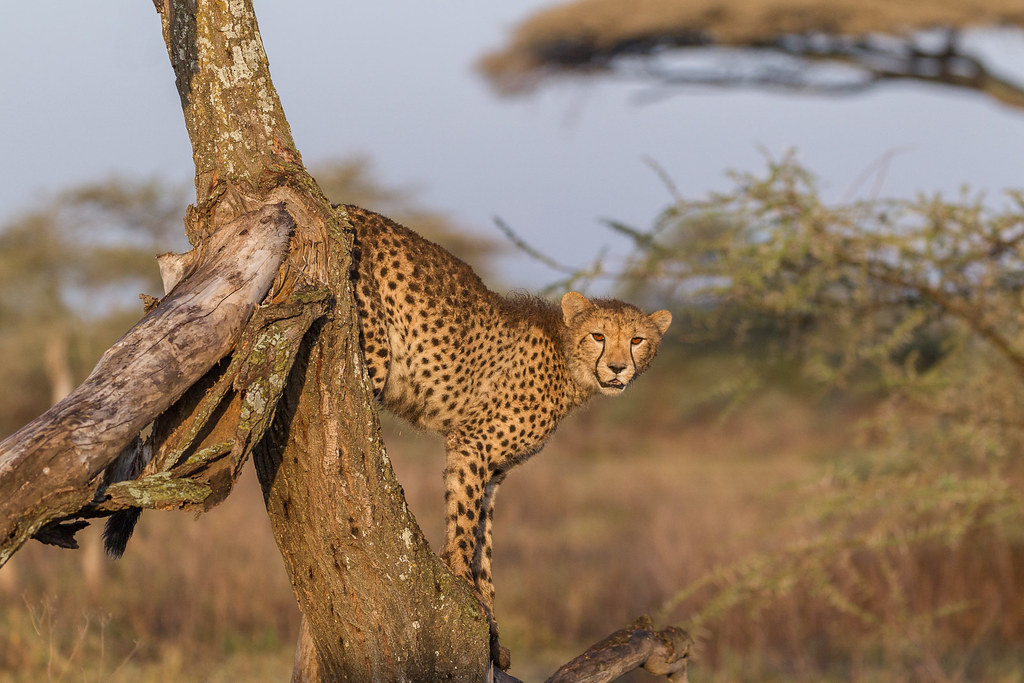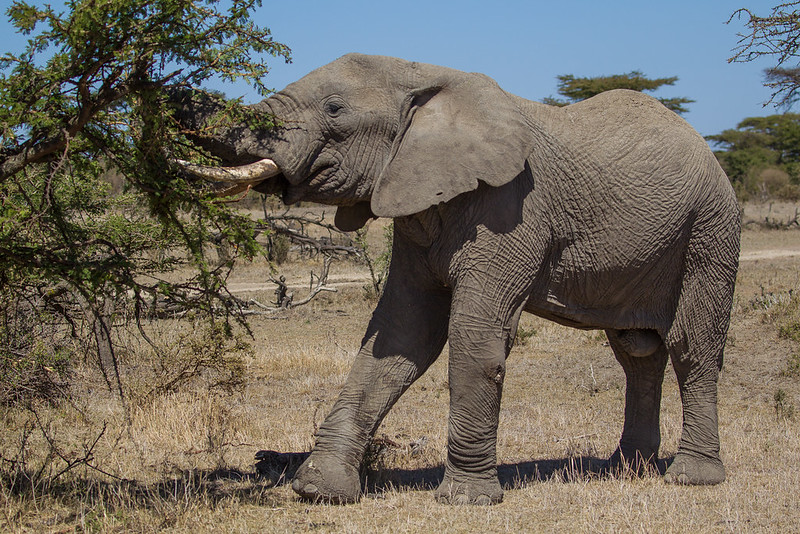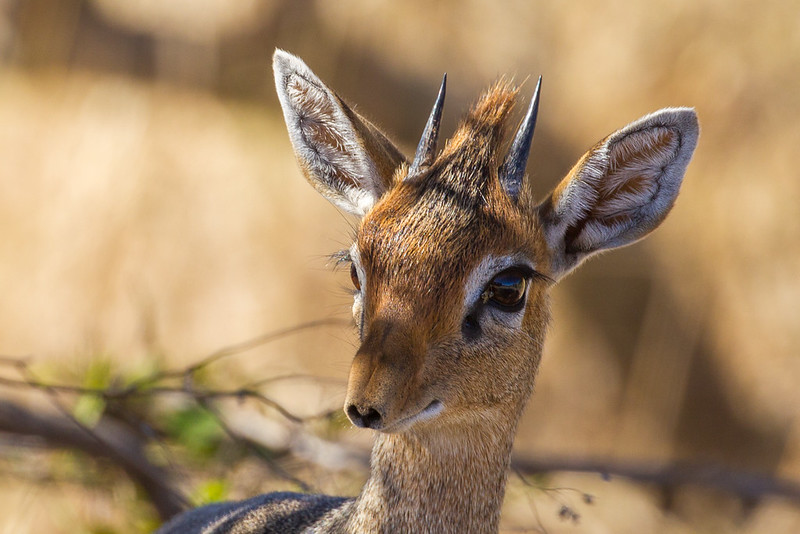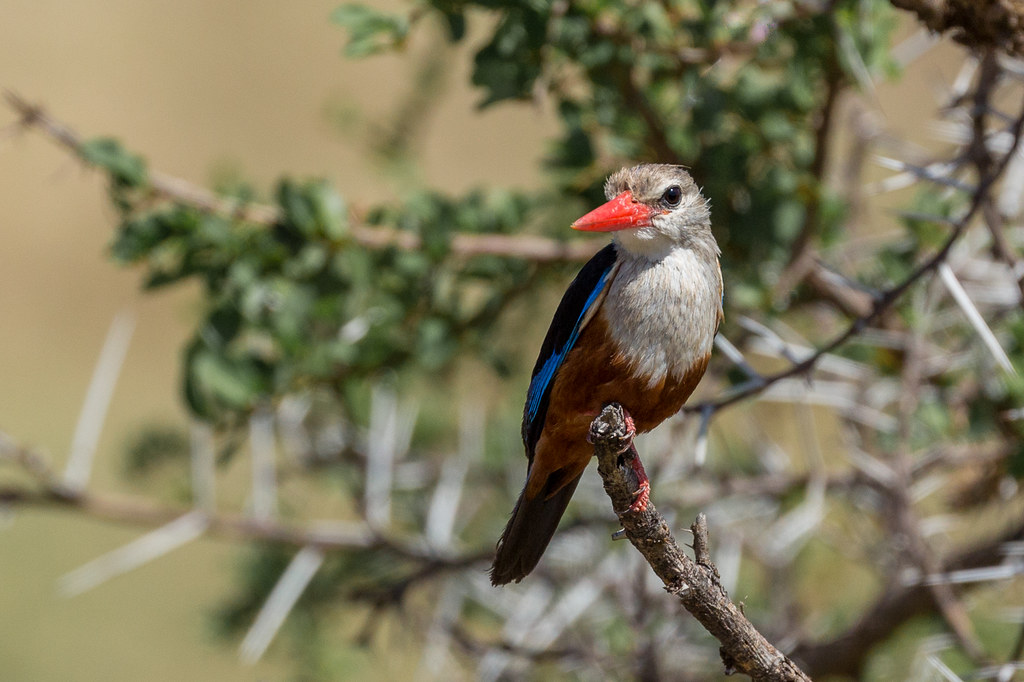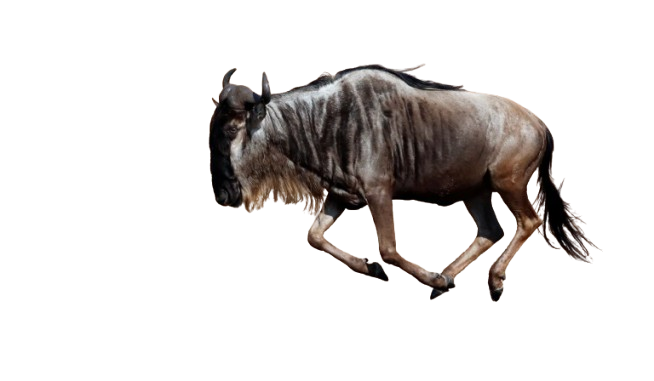SERENGETI NATIONAL PARK
THE EXRAORDINARY
EXPERIENCES
The authentic guide to Serengeti National Park, with complete information about attractions including wildebeest migration, the best time to visit the park, how to get there, safari companies and recent travel updates. Serengeti attractions are more than the Wildebeest and zebras., Serengeti National Park have the giraffes, rhinos, leopards, elephants, hippos, cheetahs, lions, warthogs, mongoose, bateared foxes, baboons, jackles, porcupines, crocodiles ,monkeys, birds, e.t.c Great tips, find when to expect the Migration of the Wildebeests in Serengeti National Park where you can see over a million wildebeests move and are joined by numerous numbers of zebras and Thomson’s gazelles while the main predators also await them within close vicinity.

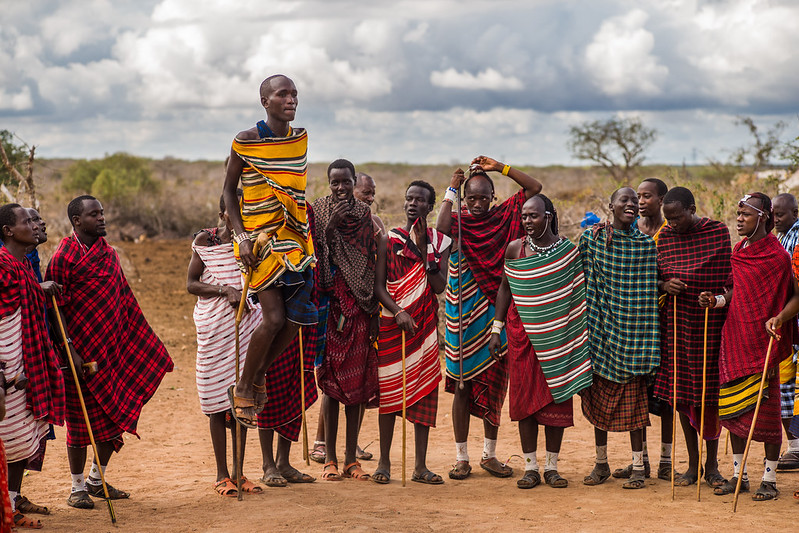
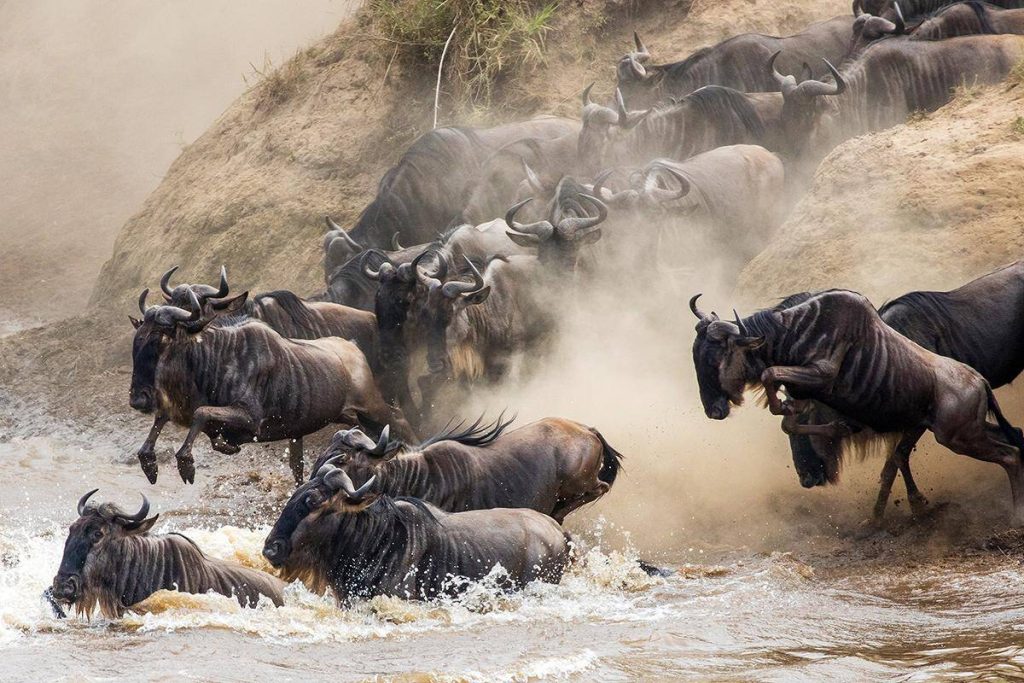
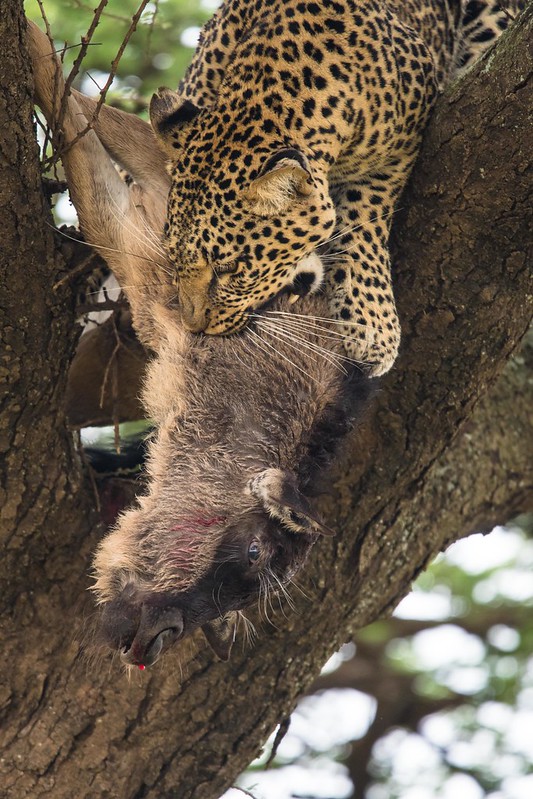
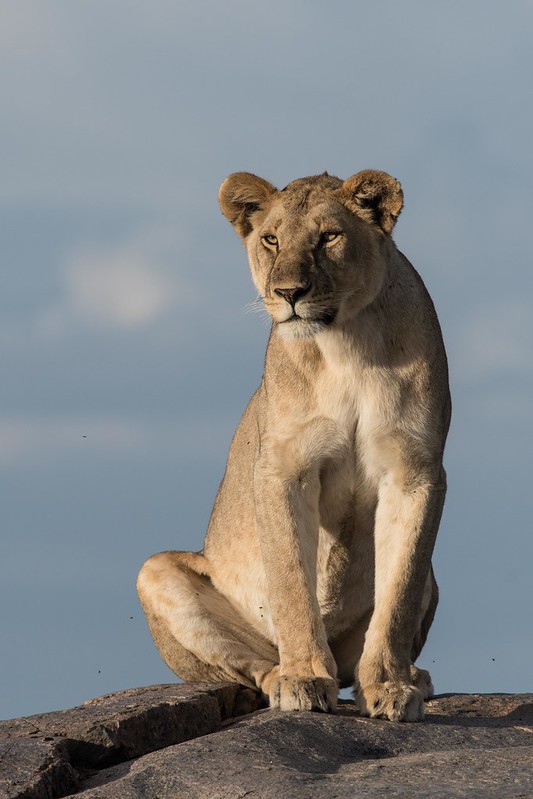
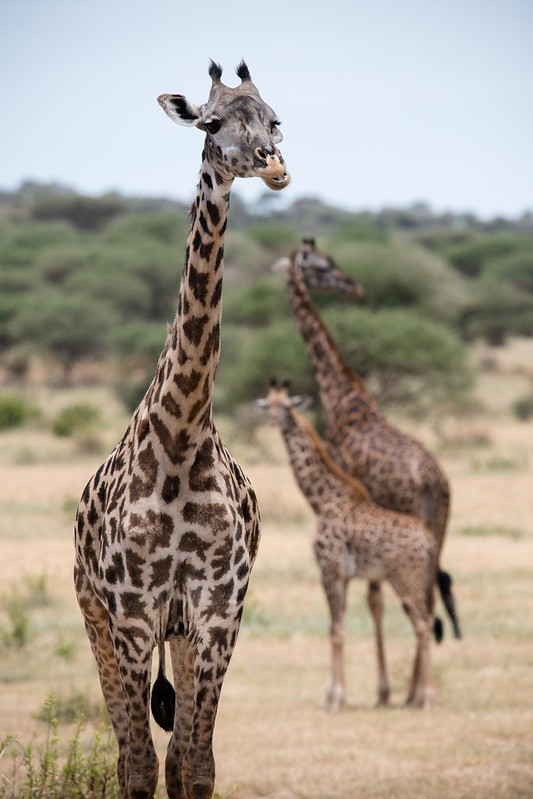
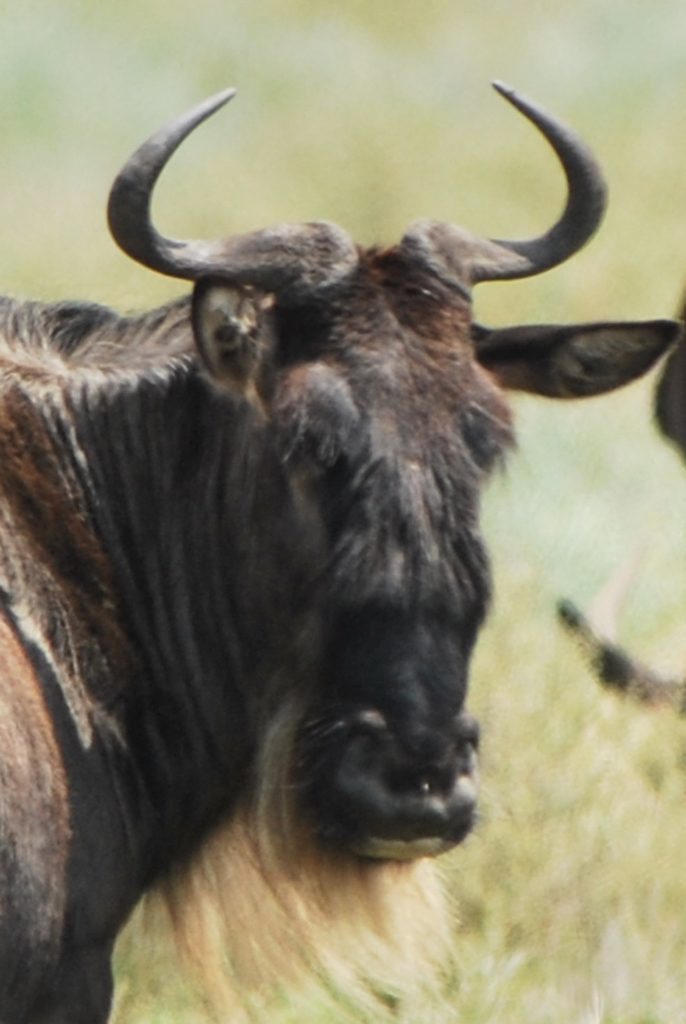
Experience Wildlife safaris in Serengeti national Park Tanzania
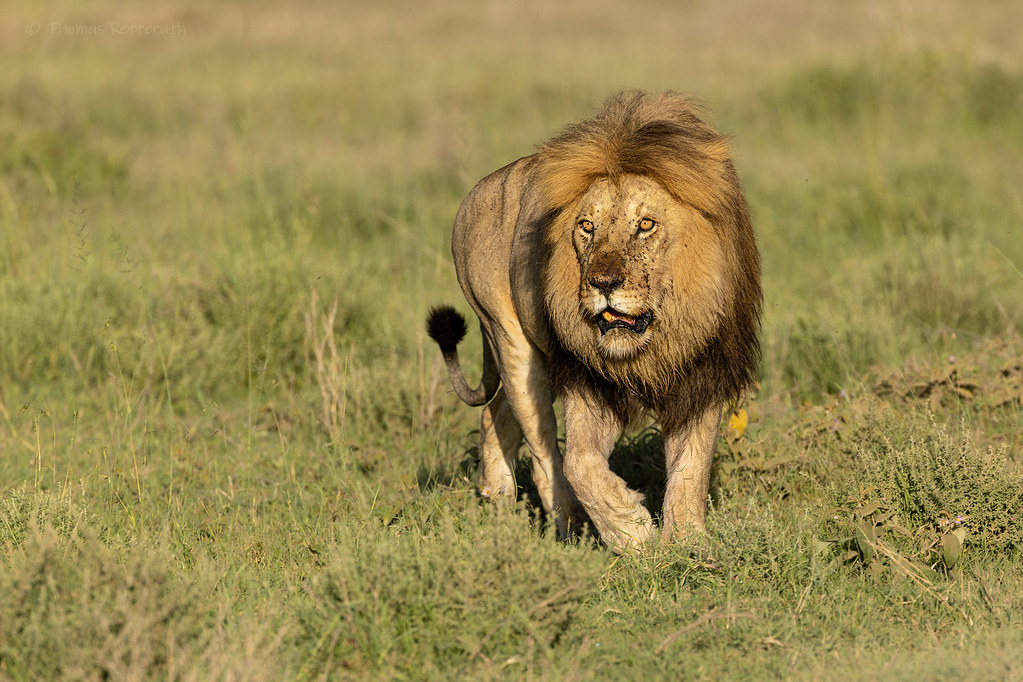
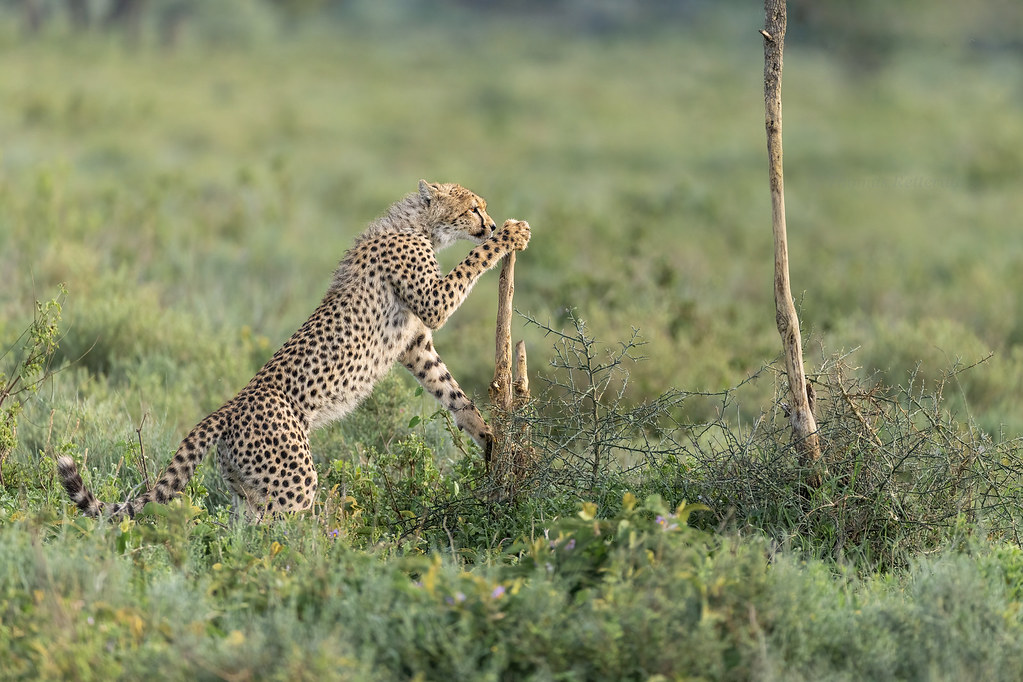
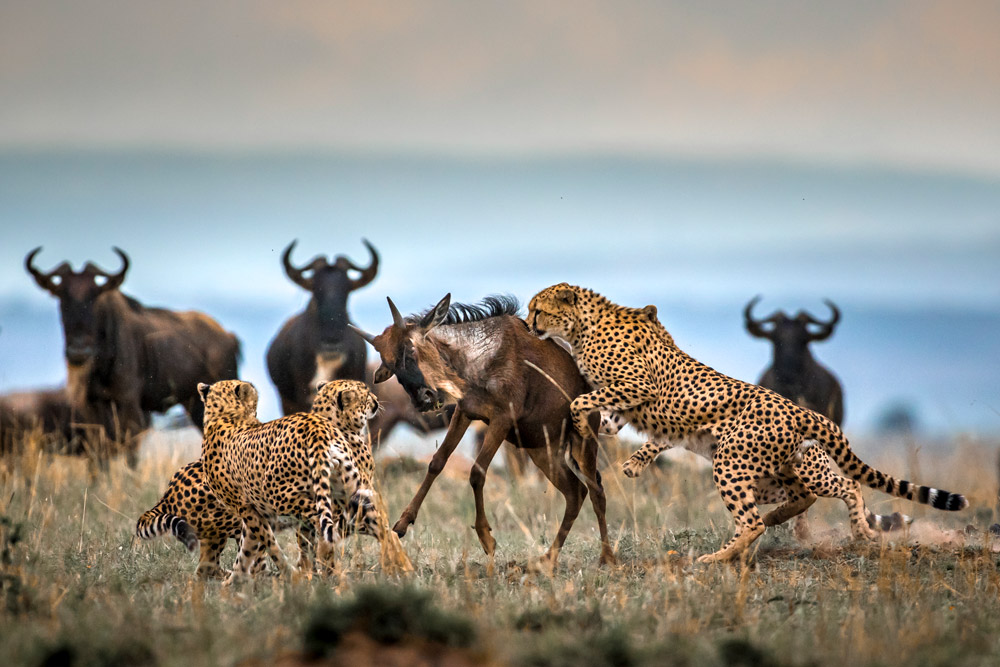
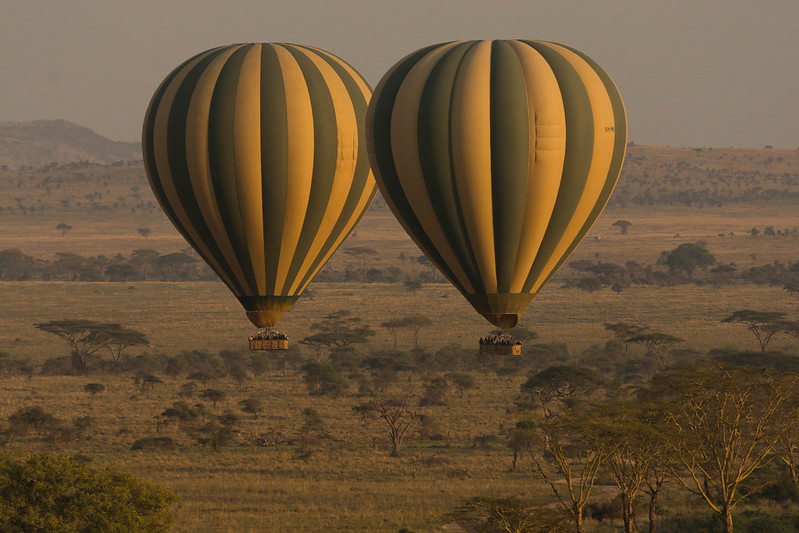

Getting to Serengeti National Park
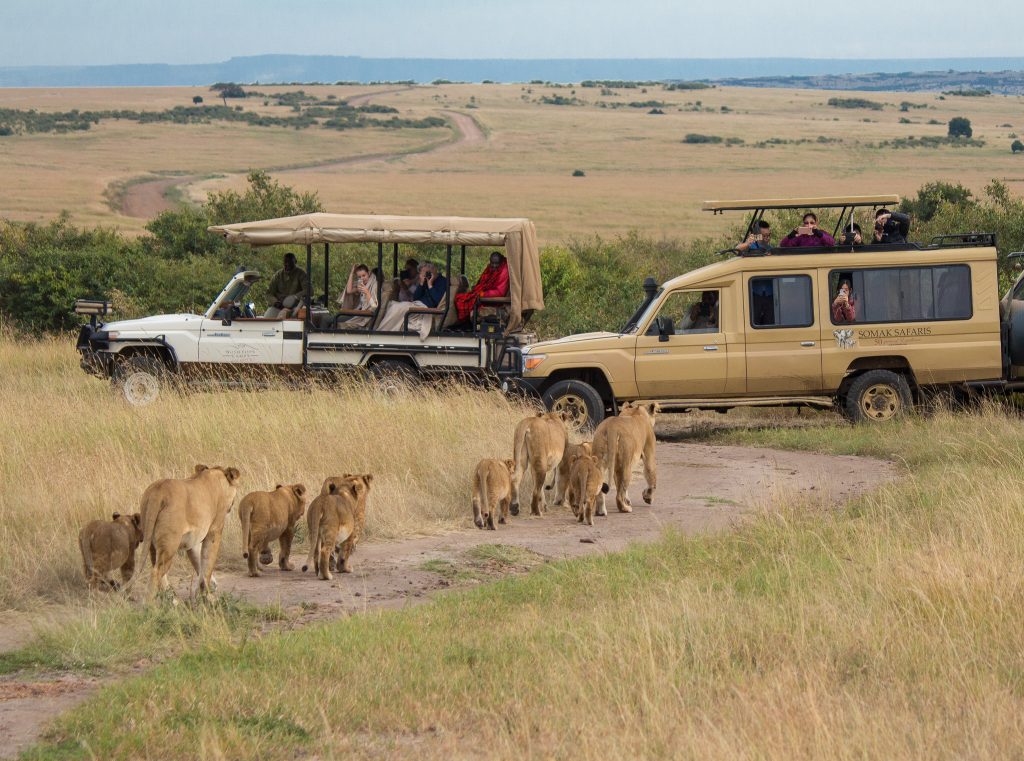
Getting There :Going through the entrance of lake Manyara National park, is the commonest route into the Serengeti while coming from Arusha, one of Tanzania’s big cities. Mounting through the escarpment of the rift valley. When To Visit: Viewing the wildlife in the Serengeti National park is possible throughout the year, but some areas are better off visited at particular times. Taking an example of the dry season that kicks off from late June to September. Planning where to stay? Serengeti offers a wide variety of safari accommodation covering luxury, mid-range and budget options. From 5 star accommodation, to basic camps Serengeti has it all. A list of credible tour operators and safari companies in Tanzania taking tourists to Serengeti and other safari destinations in Tanzania. Be safe to carry out your safari with one of the travel agents to book your wildlife safaris in Serengeti National Park
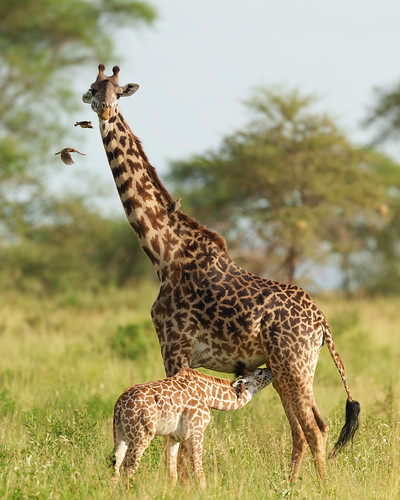
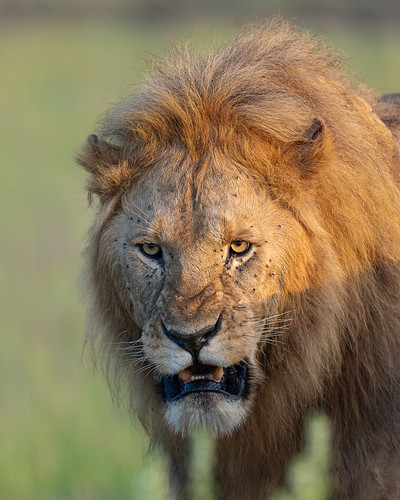
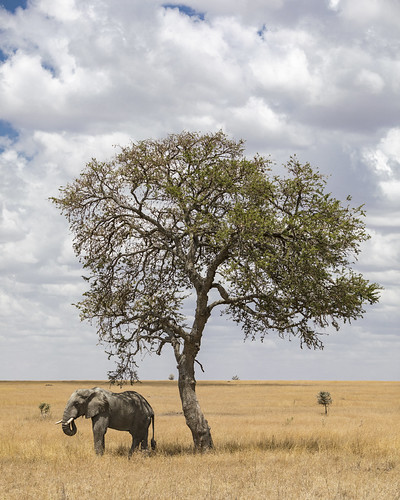
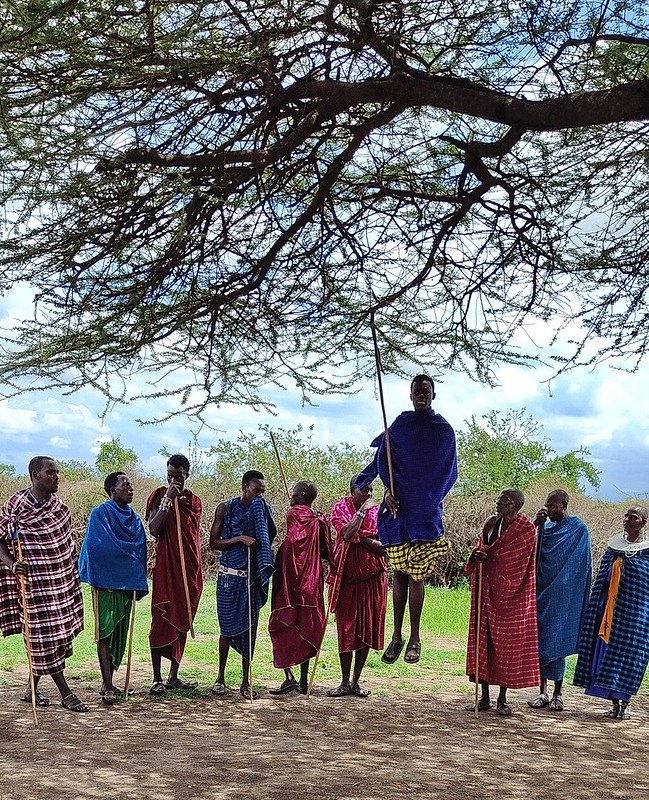
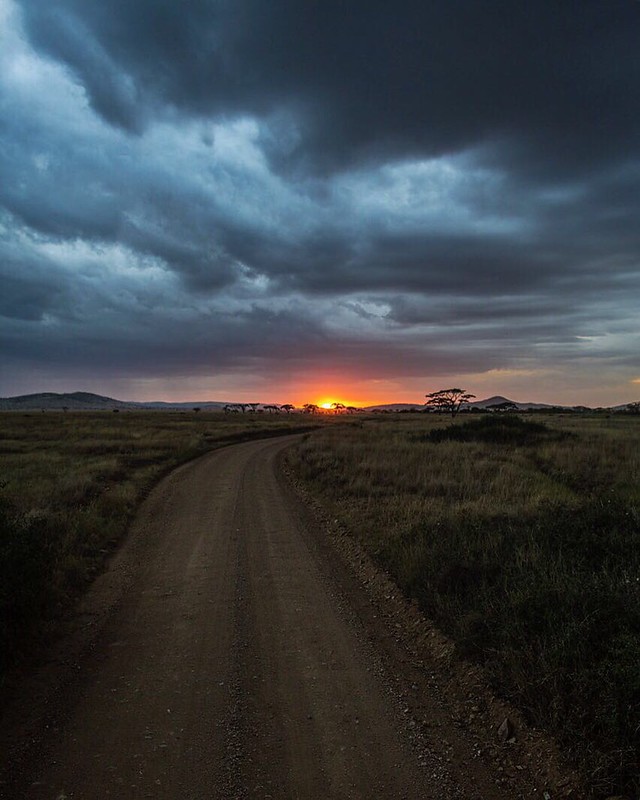

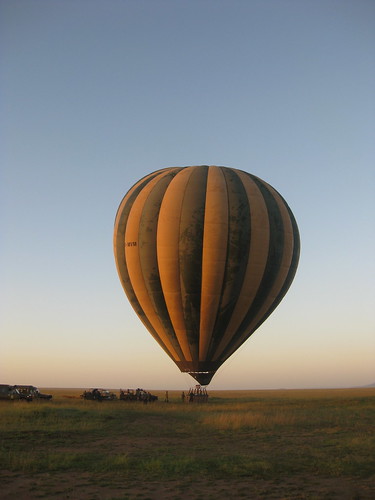
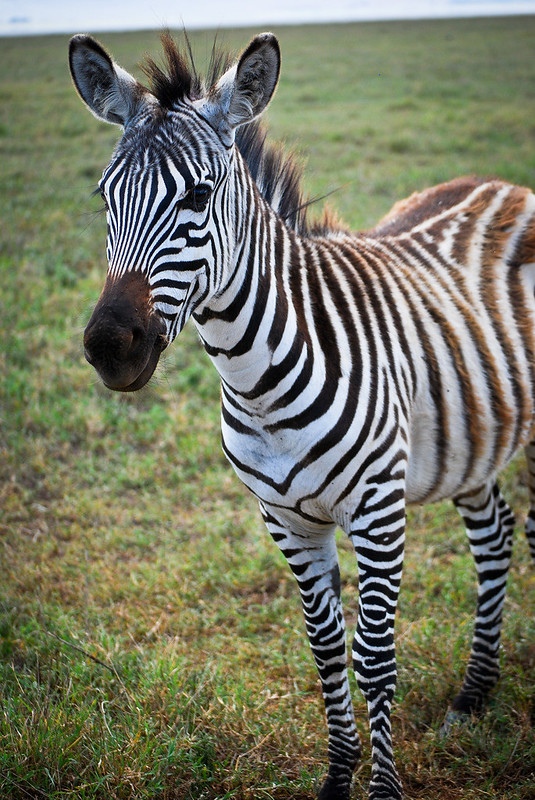
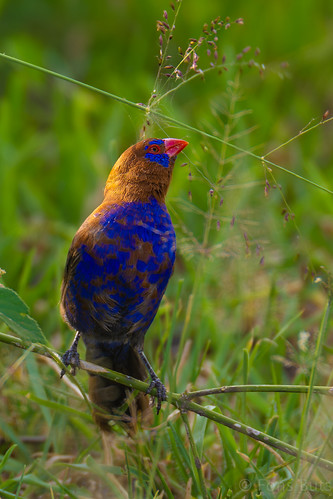
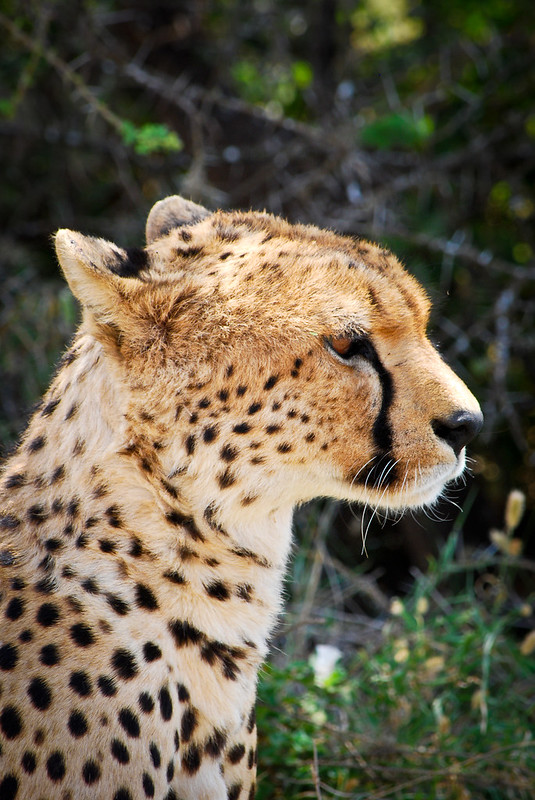
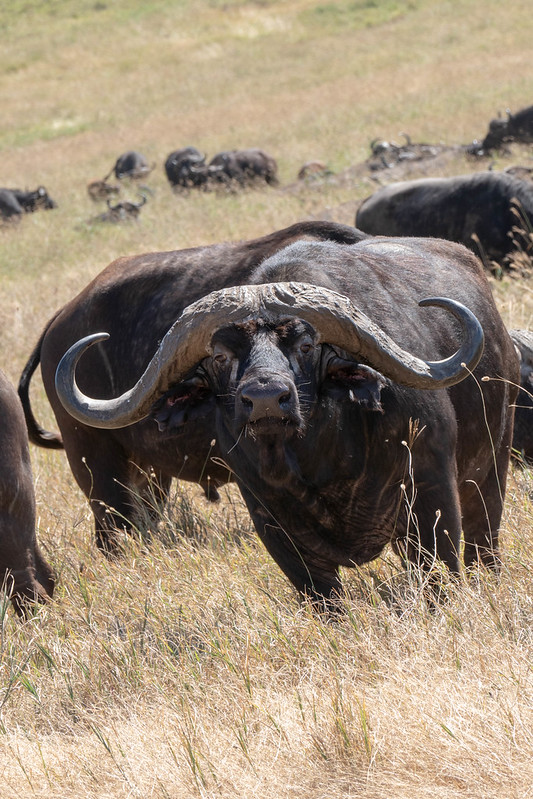
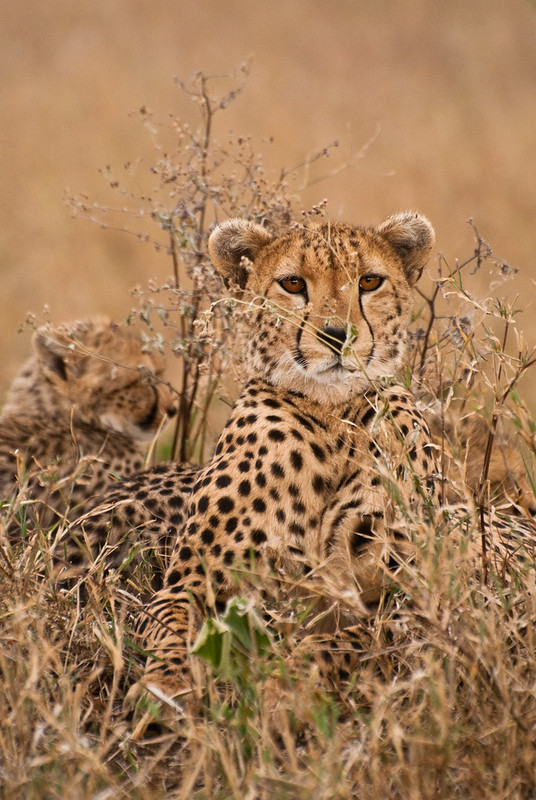
Serengeti Wildlife safaris
Serengeti National park is Tanzania’s most well known park. ‘Serengeti’ is a local Masai word meaning “Endless Plains”. This park, which is approximately 15,000 sq km, was conserved to safeguard the path of the annually magnificent wildebeest migration. Tanzania safari tourists travel from various parts of the world to visit this national park and witness the spectacular yearly wildebeest migration spectacle.
This migration entails more than 1.5 million animals and observing them is a very fascinating experience. The movement of the migration includes a huge herd of wildebeests, zebras, antelopes as well as gazelles. These animals migrate to Serengeti every year looking for green pastures as well as water. The large number of thundering hooves of wildebeests and other animals form a huge cloud of dust that follows their trail. You will in fact see several big cats pursing this great herd to hunt food. Among the large cats are lions, leopards, cheetahs plus hyenas.
Camping within the Serengeti is the greatest and least expensive way to get ready for this most significant wildlife migration natural spectacle in the whole of East Africa. You may decide to stay in the Serengeti or in Kenya’s Masai Mara. It will likewise be a fantastic experience particularly to those guests who love camping or outdoor activities. Having your Tanzania safari holiday within the Serengeti Plains, as the thunder of hooves echoes in the background within this natural wildlife sanctuary is a very rewarding experience. Other than this spectacle, the only other companions here will be insects, birds as well as the large cats like lions occasionally heard roaring a distance away. All the wildlife documentaries on Serengeti you have watched on TV before will unfold before you in actual reality.
Where to Stay in Serengeti National Park
Best Time Visit Serengeti National Park
Things to Do in Serengeti National Park
How to get to Serengeti National Park
Wildebeests migration in Serengeti National Park
Experience Balloon Safaris in Serengeti National Park
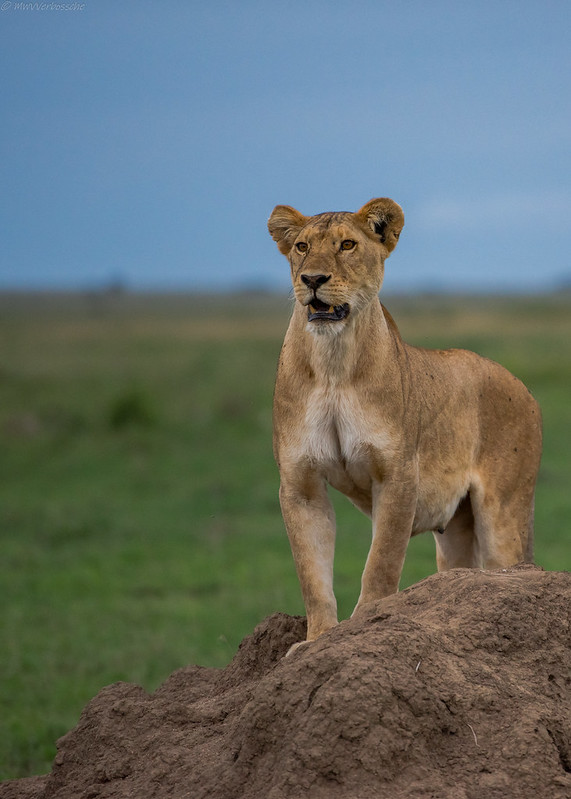
Wildlife Experience in Serengeti National Park
The yearly Great Migration at Serengeti National Park is a once-in-a-lifetime experience that attracts millions of visitors. Annually, a substantial herd of over two million wildebeest, zebras, and gazelles migrates across the Serengeti in pursuit of fresh grass and water.
In addition to the Great Migration, Serengeti National Park hosts the Big Five: lion, buffalo, leopard, black and white rhinoceros, and elephants. Additional mammals encompass the cheetah, spotted hyena, black-backed jackal, African golden wolf, and honey badger, while reptiles include Nile crocodiles, leopard tortoises, Nile monitors, Jackson’s chameleons, and black mambas, among others.
Game drives are an essential attraction of wildlife safaris in Tanzania’s Serengeti National Park. This exhilarating adventure provides tourists with a remarkable opportunity to observe some of the most captivating species on Earth.
- All
- Gallery Filter
Great Wildebeest Migration
Understanding The Great Wildebeest Migration Circle In Serengeti National Park
- Wildebeest Migration
- Wildebeest Migration Guide Month by Month
- Timing a Migration Safari
The Great Wildebeest Migration is the world’s second-largest terrestrial migration, with species traversing over 800 kilometers during each cycle. The grandeur of the event resides in its scale. Between 1.4 and 2.5 million wildebeest, along with zebras and other species, traverse Tanzania’s Serengeti National Park and Kenya’s Maasai Mara National Reserve in pursuit of optimal grazing. Should fortune favor you, you may accompany the expedition.
The herds migrate in a clockwise direction through the Serengeti environment in Tanzania. on February and March, they reproduce on the nutrient-dense Southern Plains, particularly within and surrounding the Ngorongoro Conservation Area. Subsequently, they proceed northward via Serengeti National Park and the Maswa Game Reserve, with some diverging into the Grumeti Reserve in April and May, while others persist into the Central Serengeti. By July, the herds assemble in the Lamai region adjacent to the Mara River, which delineates the Kenya-Tanzania border, where significant river crossings reach their zenith in August and diminish by late September or mid-October. The majority of the herds do not completely enter Kenya but remain along the riverbank. In October, with the onset of southern rains, the herds commence their return journey across the Central Serengeti and the Loliondo Game Controlled Area along the park’s eastern edge. By December and January, they return to the south, prepared to commence the cycle anew.
January:
The rainfall in the southern Serengeti plains yields nutrient-dense grass, attracting the herds to the Ndutu region. To locate the wildebeest in January, one should search at Naabi Hill and Lobo. A significant number of females in the herd are in advanced stages of pregnancy, and migrating towards more verdant pastures is of paramount importance. The fertile plains of the Ngorongoro region, created by volcanic activity, yield short, mineral-rich grasses that flourish throughout the rainy season but desiccate rapidly as it concludes. Their elevated nutritional value renders them particularly appealing during calving season, as herds instinctively pursue optimal grazing to nourish their offspring.
February :
Each year, over 500,000 wildebeest are born in the Serengeti plains, with February experiencing the peak birthing rate, occasionally witnessing up to 8,000 births per day. The plentiful fresh grass renders the vicinity of Lake Masek and Lake Ndutu a perfect location for wildebeest pregnancy. The herd will remain in the southeastern Ndutu region for a period following the birth of the calves, subsequently migrating northward in a clockwise trajectory.
The calving season signifies the emergence of charming, unsteady offspring learning to walk, which presents an advantage for predators who exhibit no mercy. To observe a wildebeest barely hours old, your optimal opportunity is to venture out during lunchtime, as this is when they normally give birth, allowing the calves time to acquire strength before dusk. The Serengeti features a very strong lion population, exceeding 3,000 individuals within the reserve. This is of substantial importance when one acknowledges that these large felines are not thriving throughout the African continent.
March:
The mobile campsites in the Serengeti offer an intimate experience of the migration. The herds are located in the Ndutu and Kusini Maswa region, situated in the southwestern part of the park. Transporting the infants results in a reduced pace. Anticipate afternoon precipitation in March.
April:
Should you visit in April, a rain jacket will be necessary. The herds traverse from the Ndutu region, passing the Simba kopje, towards Moru. The herds have now divided into sizable groupings, rather than the huge concentrations that extend to the horizon. Simba Kopje is the location of the lions, and it merits dedicating time to seek them out. The most humid portion of the day occurs in the evening. The precipitation renders the plains treacherous, and vehicles lacking 4×4 capability will encounter difficulties in traversing the terrain. While several wildebeest herds persist in their migration over the Central Serengeti, others advance further west into Grumeti Reserve.
May:
Wildlife photographers seeking action images should focus on May in the Serengeti. The ‘long rains’ persist throughout the month. As the calves grow larger and more robust, the distances traversed by the herd increase. They are presumably located between Moru and Makoma, progressing northward.
June
By June, the amount of rainfall has diminished significantly, and the herds have dispersed. The leaders had already arrived at the Mbalageti River. However, those trailing may still be positioned as far back as the southernmost extremity of the Simiti and Nyamuma Hills. The herds are frequently observed in elongated formations as they migrate northward.
July
July marks the mating season in the Serengeti. The herds are located in the Grumeti Reserve, to the west of the Serengeti, and traversing beyond Fort Ikoma. The Grumeti River crossings merit prolonged observation; yet, this region is extensive and somewhat undeveloped in terms of lodgings, making such crossings more elusive. Furthermore, the Grumeti River does not contain the water volume of the Mara River, and its crossings are less impressive. The herds migrate northward towards the Maasai Mara in Kenya. This is a cross-border event.
August:
In August, the herds ascend to the northern Serengeti, confronting their most formidable obstacle: the Mara River. The river traverses the Maasai Mara and extends into the Serengeti. Although the turbulent, dark waters are mesmerizing, they may also account for the highest mortality rate along the journey, resulting in the deaths of numerous wildebeest.
Occasionally, the herds collectively leap from steep banks in their frantic efforts to cross the river or when startled by lions, resulting in fatalities among numerous animals due to the fall. Others succumb as they are overwhelmed by the immense throng of terrified wildebeest attempting to ascend the equally steep slopes on the opposite side. Each demise signifies sustenance for crocodiles, bird, and aquatic species – such is the abundance of nature.
September:
You may witness the concluding phase of the Mara River crossing or observe the herds in the expansive, undulating grasslands of the Maasai Mara, where their population density is comparable to that of flies in certain areas. Bring your hat, as the weather is expected to be warm, bright, and arid.
October:
While Mara River crossings may extend into October, this month often presents a tableau of leisurely grazing in the Maasai Mara. The effort has concluded, and the new grass is the recompense. Specifically for the surviving.
November:
The event commonly referred to as ‘the short rains’ commences in November, prompting a migration as the herds depart from Kenya and proceed southward to western Loliondo and the Lobo region inside Serengeti National Park. The occurrence of rain in November is determined by nature. However, include additional jerseys for the colder climate. At this juncture, the herds partition into smaller familial units and engage in the essential activity of grazing.
December:
By December, the herds return to the southern Serengeti and Ngorongoro Crater, initiating the cycle anew.
Which months are optimal for observing the wildebeest migration?
Tanzania and Kenya are continuous safari locations. However, if you are really focused on the wildebeest migration, the best months are January, during the calving season in the Ndutu Plains, and June, to witness the initial river crossings prior to the peak season.
Which months are optimal for observing river crossings?
The principal mass of the mega-herd is expected to reside in the northern Serengeti, traversing the Mara River and advancing into Kenya’s Maasai Mara between July and August; however, crossings may commence as early as June and persist until October. This is the peak of the travel season, and reservations will be particularly crowded, especially in the Mara. For more exclusive yet less grand river crossings, consider the Grumeti reserves around June and July.
Present your content in an attractive Circle layout item 1. You can highlight key information with click or hover effects and style it as per your preference.
Present your content in an attractive Circle layout item 2. You can highlight key information with click or hover effects and style it as per your preference.
Present your content in an attractive Circle layout item 3. You can highlight key information with click or hover effects and style it as per your preference.
Present your content in an attractive Circle layout item 4. You can highlight key information with click or hover effects and style it as per your preference.
Present your content in an attractive Circle layout item 5. You can highlight key information with click or hover effects and style it as per your preference.
Present your content in an attractive Circle layout item 6. You can highlight key information with click or hover effects and style it as per your preference.
Accommodations in Serengeti National Park
Serengeti National Park, situated in Tanzania, is an ideal destination for wildlife lovers and nature enthusiasts. This expansive savannah covers over 14,750 square kilometers and hosts a variety of species, including the renowned Big Five. When planning your vacation to this stunning national park, selecting appropriate lodging is essential for an unforgettable experience. This detailed report outlines the premier accommodation choices in Serengeti National Park for 2025/2026, encompassing opulent lodges and cozy tented camps.
FOUR SEASONS SAFARI LODGE
Four Seasons safari lodge is an ideal location for you to spot the Big Five as they traverse the plains, or view herds of wildebeest & zebra gathering.
ANDBEYOND SERENGETI UNDER CANVAS
Enjoy in a traditional tented safari characterized by peaceful remoteness and exceptional comfort.
DUNIA CAMP (ASILIA AFRICA)
8 tents at Dunia includes a bathroom that is equipped with a fully plumbed hot shower, Wi-Fi, and a private veranda.
KATI KATI TENTED CAMP
Serengeti Kati Kati is a mobile camp ideally located in the Central Serengeti.
SERENGETI SERENA SAFARI LODGE
Serengeti Serena Safari Lodge is a renowned hotel situated in one of Tanzania’s most beautiful locations.
KUBU KUBU TENTED LODGE
This camp is perfectly situated to guarantee accessibility to all regions of the Serengeti for the guests.
SERENGETI WILDERNESS CAMP
Experience a genuine Tanzania safari at Serengeti Wilderness Camps, where sustainable tented accommodations harmonize with the raw splendor of the natural environment.
SERENGETI SAFARI CAMP (NOMAD)
Reconceptualizing the term ‘glamping’ by incorporating enhanced luxury while maintaining environmental consciousness.
